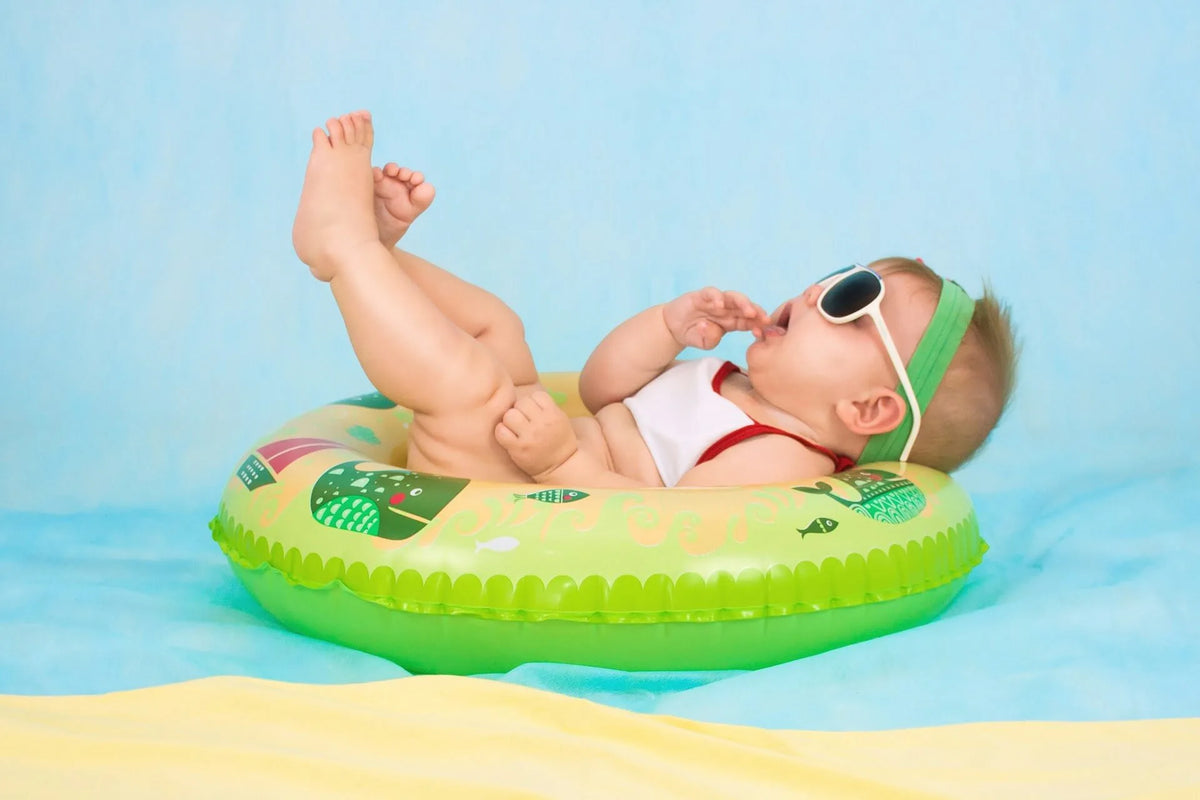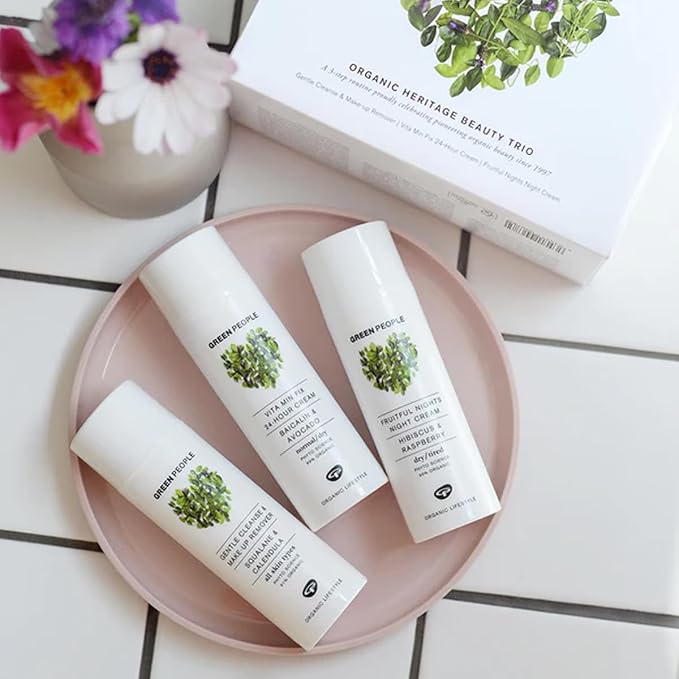Choosing where you cast your line matters just as much as how you fish. Eco-friendly freshwater fishing starts with clean, healthy waterways, balanced fish populations and locations that aren’t already under pressure from crowds and pollution. By favouring clear, safe rivers and lakes, avoiding overfished hotspots and steering clear of banks choked with litter, boat traffic and noise, you help protect the habitats that make time by the water so calming in the first place. Look for spots with good water-quality reports, strong local conservation efforts and minimal visible damage to the shoreline. Chatting with local anglers, rangers and environmental groups can point you towards more sustainable choices, too. At Friendly Turtle EcoBlog, we’re all about slow, low-impact living and that extends to how we enjoy nature, from mindful, low-waste days on the bank to leaving every fishing spot cleaner than we found it.
Share your articles with us and get published! Reach out at hello@friendlyturtle.com.
How to Prepare Your Baby for Their First Swim Lesson: A Parent's Guide

Taking your baby for their first swimming lesson can be exciting. However, it can also be daunting. New parents often worry about the chlorine in pool water, whether or not their children will inhale water while swimming, or if they will like it or not. It’s natural to worry about your baby going for their first swimming lesson, especially if you are a first-time parent. However, you don’t need to worry. This post explains why, as well as how you can prepare your child.
Think About Age
The first step in preparing your baby for their first swimming lessons is to think about their age. Are they old enough to swim? Most people will advise waiting until your child is around six months old, so they can hold their own head up. However, experienced instructors of British Swim School classes say your child can take swimming lessons as young as three months. Regular swim classes up until your child is three years old can prepare them for a lifetime of confidence in water, so it’s definitely worth signing up as early as you can.
Regular Bathtimes
Getting your child used to water before taking them to their first swimming class is a great way to prevent stress when you get in a pool with them for the first time. You should be bathing your baby at least twice a week, although it might be necessary to bathe them more than that if you breastfeed. This is because milk is likely to drip down into the folds of their neck, which can cause nasty infections if it’s allowed to sit and ferment.
Baby Immunizations
Immunizations are important if you plan on taking your child to a public pool. This is because pools are breeding grounds for germs and bacteria. If you have any concerns about your child’s health and their ability to go swimming, get in touch with your GP. Your GP should be able to perform a health assessment and give you a definitive answer. In truth, though, as long as your child is otherwise fit and well, there is no reason for them not to be able to swim. Immunizations should be kept up to date not just for swimming, but so your child does not contract any serious childhood illnesses.
Buy Water Nappies
Water nappies are an essential purchase if you are taking your child swimming. The last thing you want is an accident in the pool. It’s human nature to want to go to the toilet when we get into a swimming pool, however. Water nappies are a great way to prevent your child from ruining the experience for all of the other children and parents present, since bowel movements could make the water unsafe to swim in. Water nappies are available in most supermarkets and are usually reasonably priced.
Practice Holding Your Child
Practice holding your child before you take them swimming. It’s normal to feel apprehensive about holding your child in a swimming pool if you have never had to before, but it’s really easy. A good way to practice holding them when they are wet is to take a shower or bath with them. Babies can be slippery even when they are dry, so practicing holding them wet can be a great way to prevent you from dropping them in the pool. Another way to practice holding them is to carry them around after they have had a bath or shower, instead of getting in with them.
Be As Calm As Possible
Our children can sense our emotions. It’s therefore important to be as calm as possible when you arrive at your baby’s first swimming lesson. If you appear apprehensive or anxious, your child will not want to get in the pool. Practice deep breathing to calm yourself down. The calmer you are, the more they will be able to enjoy the experience. Make sure your partner is as calm as possible, too. Try to laugh, have fun, and show your child that swimming is a great way to enjoy themselves.
Prepare Essential Gear
Finally, make sure to prepare all essential gear prior to going there. Preparing their towel, lotion, soap, and swimming costume will make focusing on the act of swimming a lot easier. If you forget or leave anything at home, your attention is likely to be more focused on the things you have forgotten. Also consider bringing familiar things from home, i.e., your child’s blanket or favorite toy. This will help them to relax.
Preparing your baby for their first swimming lesson can be difficult. However, with the guidance given here, it no longer needs to be. Remember that you also need to prepare yourself for swimming, which you can do by practicing breathing techniques, staying calm, and finding a reliable swimming tutor to teach your child.
0 comments
Let customers speak for us
Blog posts
High-quality sleep isn’t just about how many hours you spend in bed – it’s also about what you’re sleeping on. The materials in your mattress, pillows and bedding have a huge impact on temperature, pressure relief and how rested you feel in the morning. Synthetic, low-quality fibres can trap heat, irritate skin and wear out quickly, while natural options like bamboo, French linen, organic cotton and natural latex are breathable, durable and kinder to the planet. Choosing sustainable fabrics means you’re not only supporting better sleep but also lowering your environmental footprint by avoiding plastics, harsh treatments and short-lived products that end up in landfill. From swapping to eco-friendly pillow fillings to investing in breathable, responsibly sourced sheets, small upgrades can transform your nightly comfort over time. On Friendly Turtle EcoBlog, we love exploring how greener lifestyle choices including what you sleep on can support both wellbeing and the environment, helping you create a bedroom that feels cosy, calm and consciously low-impact.
Creating a home that really lasts isn’t just about buying “better” stuff it’s about choosing designs that are built for repair, reuse, and recycling. Today’s most exciting sustainable innovations focus on durability first. Modular appliances and furniture mean that when one small part fails, you can swap a component instead of sending the whole item to landfill. Simple additions like sturdy rails or runners make heavy machines easier to move and maintain, so they’re less likely to be damaged and replaced. Smart self-diagnostics can flag worn parts early, reducing wasteful breakdowns, while monomaterial casings make end-of-life recycling far more efficient. In the Friendly Turtle EcoBlog guide, we explore how these ideas are reshaping everyday essentials from coffee machines and wardrobes to fridges and vacuums and how to spot genuinely long-lasting designs next time you shop. Small, thoughtful choices in the products we bring home can quietly cut clutter, save money, and shrink our environmental footprint for years to come.



